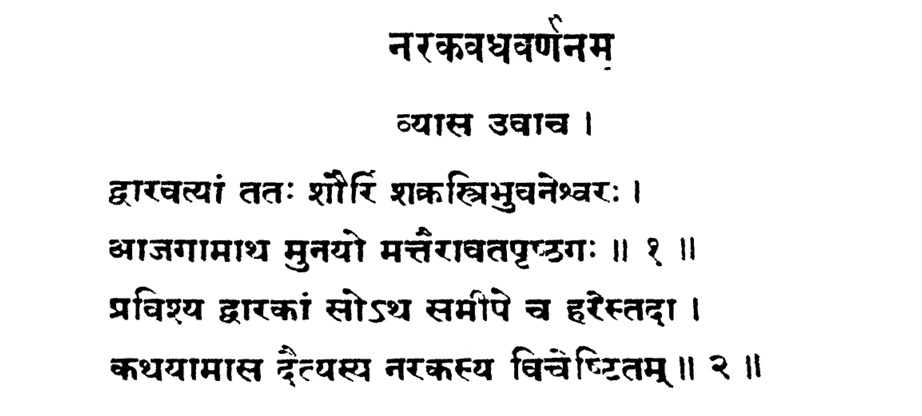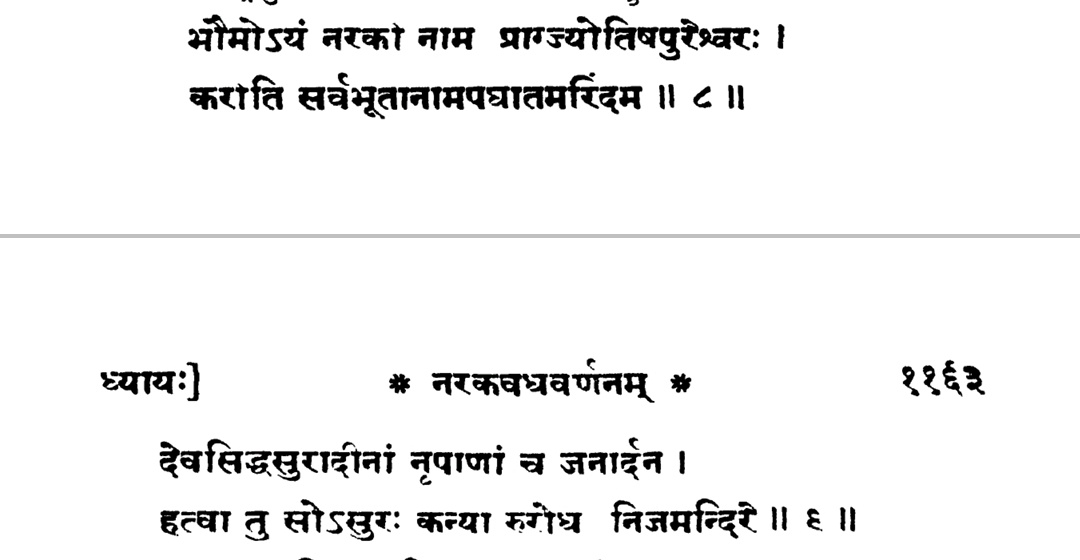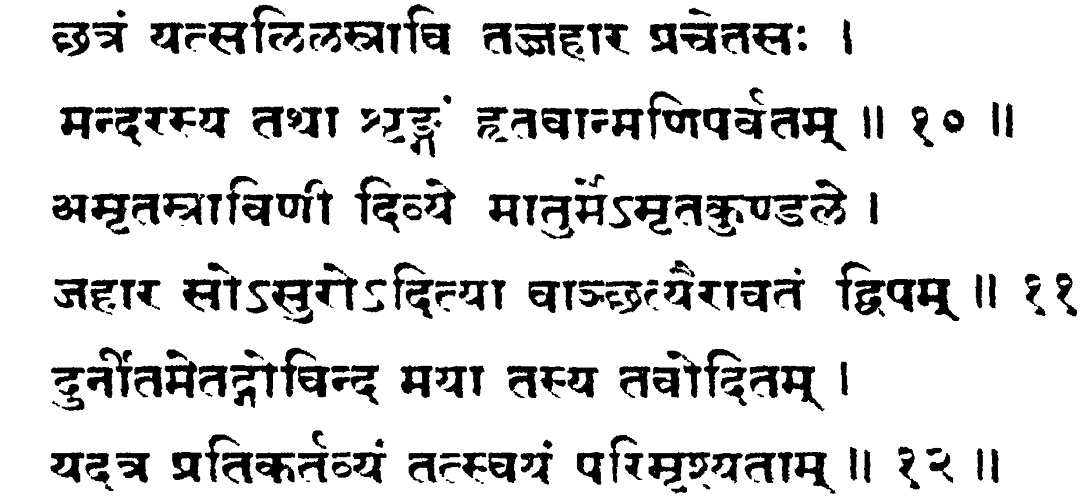
The loss at Talikota in 1565 CE led to multiple tragedies for Hindus. Until then the rulers of Vijayanagara, especially Krishnadevaraya kept the portuguese scumbags in their place. They went full barbarian after 1565. Between 1565-67 more than 300 Temples were destroyed in Goa.
By 1569, just 4 years after Talikota, all Hindu temples were razed & burnt down to the ground by the portuguese. On one side we had jehadi barbarians burning Hampi down during the same period.
The importance of Vijayanagara to preservation of Hindu culture is so understated.
The importance of Vijayanagara to preservation of Hindu culture is so understated.
The culture of South India to this day is heavily influenced by Vijayanagara. From Kanyakumari to the banks of the Krishna river. One can literally feel the cultural difference when traveling by road once you cross the Krishna river.
The Krishna river for the majority of the time formed the demarcation between Vijayanagara & bahamanis/deccan sultanate. The cultural differences between the area north of Krishna & south, even though it flows through the same state is noticeable.
From barbarian Khilji's invasions into Devagiri in the 13th century to the rise of the Marathas in the mid 16th century, for more than 350 years, Hindus of present day Northern Karnataka, Maharashtra & Telangana were subjected to terrible oppression by the Bahamanis & Sultanate.
Cultural development of Hindus of this region came to a standstill during this period. Let me elaborate with an example.
Sarangadeva, author of the famed musicologal text, Sangeetaratnakara was greatly patronised by Singhana, the king of Devagiri who ruled from 1210 to 1247 CE.
Sarangadeva, author of the famed musicologal text, Sangeetaratnakara was greatly patronised by Singhana, the king of Devagiri who ruled from 1210 to 1247 CE.
Contemporary Carnatic music, which is mainly identified with the south traces its very basis to this very important text by Sarangadeva. Merely after 50 yrs of this text being authored, Devagiri would fall. Yet, the text would somehow survive.
The Sangeeta ratnakara is divided into 7 adhyayas, each dealing with the fundamental aspects of shastriya sangeeta. They are
1) Swara
2) Raga
3) Prakirnaka
4) Prabhanda
5) Taala
6) Vadya
7) Nrithya
1) Swara
2) Raga
3) Prakirnaka
4) Prabhanda
5) Taala
6) Vadya
7) Nrithya
The Sangeeta ratnakara text which was authored in Devagiri & somehow survived the jehadi invasions would eventually find its way to Vijayanagara. Realizing the importance of the text, the then emperor of Vijayanagara, Devaraya would order scholars to write commentaries on it. 

This patronage by Vijayanagara rulers to Sangeeta Ratnakara would give rise to a whole new generation of musical scholars. From Annamacharya in Telugu to Purandaradasa in Kannada. They'd build upon existing works & in doing so give birth to Carnatic music as we know it today.
A text authored in what today is Maharashtra, preserved in what today is Karnataka, Andhra, TN & Kerala.
This is just one small example of Vijayanagara's service in preservation of Hindu dharma during most perilous of times.
We'd have no Hindu culture without Vijayanagara /end.
This is just one small example of Vijayanagara's service in preservation of Hindu dharma during most perilous of times.
We'd have no Hindu culture without Vijayanagara /end.
One small additional info. Sarangadeva himself traces his ancestry to Kashmir. Coming from a family of musical scholars, both him & his father Shodala were patronised by Singhana & later rulers of Devagiri.
Source: Sangeeta ratnakara by Subramanya Sastri.
Source: Sangeeta ratnakara by Subramanya Sastri.

Ancient chain of knowledge of Kashmir, preserved in Southern Bharat. Take a moment to absorb & appreciate how critical Vijayanagara was to Hindus.
• • •
Missing some Tweet in this thread? You can try to
force a refresh





